Fungus vs. UV: Let’s Get Real
Okay, honest moment… have you ever peeled off your socks, stared at your toes, and wondered, “Wait, is that normal?!” (Yeah. Me too.) Toenail fungus loves making a cameo right when you’re thinking about sandals or—heaven forbid—a date at the pool.
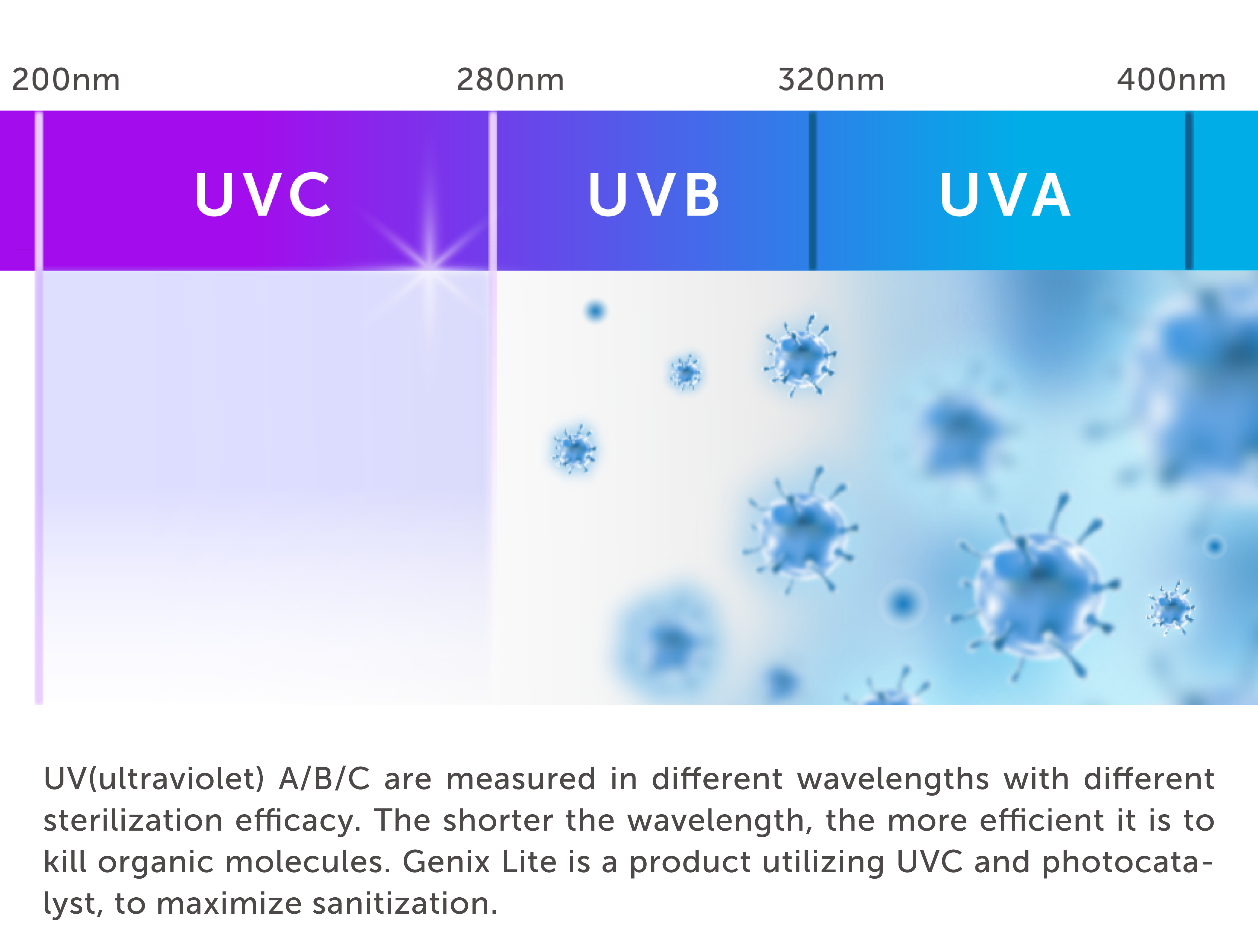
If you’ve ever gone down the late-night Google rabbit hole, you know there are a million-and-one “cures” for fungus. Creams, powders, sprays, even “miracle socks.” But what about this whole UV light thing? Does it actually work… and, more importantly, how fast does UV light kill fungus?
This isn’t just blog-chatter. We’re talking real fungus, real feet, and (fingers crossed) real results. Grab your coffee—or your smelly sneakers—and let’s walk through it together, friend to friend.
How UV Gets to Work
Let’s keep this simple: not all UV is created equal. We’ve got UV-A, UV-B, and UV-C. Of those, UV-C (usually around 254 nm if you want to get nerdy) is the germ zapper in the lineup. It breaks down the DNA of whatever fungus is making itself at home on your skin or in your shoes, so it can’t grow or come back. Pretty neat, right?
But here’s the twist: this isn’t “wave a blacklight around and you’re cured.” The kind of UV that dermatologists and researchers use is shortwave, germicidal UV-C. According to research on UVC light and pathogens, it knocks out all sorts of germs—including the ones that cause gnarly toenail fungus—in minutes. Not hours. Not days. Actual minutes.
Imagine it this way: UV-C is like an invisible superhero, rushing in, breaking fungus DNA (not just knocking it out, completely messing it up), so it loses the brawl and doesn’t get back up.
But… how fast is “minutes”?
Great question. In real-life studies—whether it’s air ducts, gym mats, or, yes, people’s toes—UV-C kills 99% of some fungi in as little as 1–5 minutes. Some types, like Trichophyton (that’s the toenail villain you’ve probably seen in the mirror), are stubborn, but even those take a hit quickly.
Need something more relatable? I watched a friend blast their sweaty gym shoes with one of those home UV-C wands for two weeks. He swore his socks started smelling… well, less “athletic.” Still, safety note: these wands only work if the surface is actually exposed to the light.
What About Skin? Toenails? The Places We Really Care About?
Here’s where things get personal. We don’t get fungus infections on pristine white lab counters—weget them in our shoes, on skin, under stubborn toenails, and in the crevices of… well, let’s just say, the places we’re least likely to post on Instagram.
So, how fast does uv light kill fungus on skin? According to a recent study using 275-nm UV-C LEDs (see the research for wound healing here), pathogenic bacteria and fungi were inactivated in just seconds to a few minutes—and the process barely touched the surrounding skin. No burns. No horror stories. (Though, full honesty: if you’re going to shine lights on yourself, always read the directions and listen to your doctor. We like healthy skin around here.)
Some people try at-home devices and notice results after a few rounds. Think: 2–5 minutes of exposure per week, over a month or two. Your toenails won’t go back to “model feet” overnight—they grow s-l-o-w—but fungus will have a much harder time sticking around if you keep it up.
Wondering if this tactic works on skin as well as nails? Dive into how fast does uv light kill fungus on skin for the nitty-gritty on using UV safely on your body, and why exposure times might be shorter than you expect.
Personal side note: Real-life wins (and “meh” moments)
True story: my neighbor, who is an actual toenail-fungus survivor, borrowed a UV lamp from her cousin (yup, foot problems run in families). She treated her big toe for three minutes a night for three weeks. End result? The nail looked clearer, no doctor’s visit required. Was it a magic bullet? Not quite—she still used an antifungal cream for backup. But the combo did more in a month than any powder or spray she’d bought in the last year. Sometimes you find out that teamwork really does make the dream work.
Why Surfaces (Like Wood) Are Tricky… But Treatable
Foot fungus is motionless—but its spores? Those guys travel, and your home is often their next destination. Think about moist bathroom floors, wooden gym benches, or your favorite yoga mat post-hot yoga. Where fungus lurks, UV can help… and usually pretty quickly.
Wondering how fast does uv light kill fungus on wood? I geeked out over some mold tests: with the right UV-C tools, stubborn mold on wood surfaces—think yoga blocks, flooring, furniture—showed marked improvement in as little as 2–5 minutes of exposure (how fast does uv light kill fungus on wood has more hands-on tips).
It’s not just about the visible “ick.” By cutting down on home fungus, you reduce the odds of reinfecting your own skin or nails. So, yes—the answer is: it works on more than just body parts.
Let’s Put Time to the Test (A Little Table for Us Data Nerds)
| Fungus or Surface | UV-C Exposure Time for 99% Kill | Notes |
|---|---|---|
| Common toenail fungus (Trichophyton) | 2–5 minutes | Repeat weekly as nails grow |
| Skin fungus (athlete’s foot, ringworm) | 1–3 minutes | Protect healthy skin |
| Mold on wood | 1–5 minutes | Surface should be clean and dry |
| General household surfaces | 30 seconds–2 minutes | Get close with the lamp/wand |
One little caveat? Shadows are not your friend. Fungus hiding in cracks or inside a shoe may need creative light angling… or multiple passes. Don’t expect a miracle with one wave from across the room.
Quick (But Not Foolish) Tips for UV Zapping
Here’s my “learned the awkward way” list:
- Check the wavelength: For fungus, you want UV-C—not a party blacklight! Most consumer germicidal lamps are marked as 254 nm or 275 nm.
- Keep the lamp as close to the area as safely possible, usually one or two inches away… but don’t touch your skin directly with the device. Please.
- Cover or shield eyes (and any skin that doesn’t need the zap). No one needs a sunburned nostril.
- Start slow—maybe half the recommended time—and work up, if necessary. See how your skin or nails react. If anything gets red, irritated, or weird, stop.
- For those fighting fungus on objects or wood, try a couple minutes a day for a week. Then see if the musty smell or discoloration fades away. (Won’t kill termites, though. Sorry!)
- Remember: More is not always better. Overexposure just irritates things… or you.
- For the especially worried (or anyone with health conditions): check with a podiatrist or dermatologist before home experiments.
Are creams and sprays useless now?
Not at all! UV-C is just another tool—think “team effort,” not “one-man show.” Many doctors actually recommend combining topical treatments or keeping your home extra clean to cut down on re-infections (looking at you, gym shoes). Try UV as an add-on, not a replacement, for best odds.
The Other Side: What UV Won’t Fix
Let’s be real—UV isn’t some Harry Potter spell for all things gross and fungal. It can’t fix underlying health conditions (like diabetes) that make infections easier. It doesn’t magically heal cracked, painful skin overnight. And (trust me on this) you can’t just shine your phone’s flash under a toenail and hope to wake up cured.
Outside the lab, results vary. Some molds and fungi can “bounce back” after exposure by repairing damaged DNA, especially if hit by sunlight after UV (it’s called photoreactivation—science is wild). So, if you see something weird coming back, treat, repeat, and, if needed, bring in the pros.
Still, the bottom line? UV light is a game-changer for the stubborn, sticky annoyances like toenail fungus or mildew patches. Even Cornell University found that UV light killed over 95% of fungus on plants and surfaces, often beating out chemical sprays (research on fungus and UV at Cornell). If it’s good enough for their strawberries and basil, it’s probably good enough for your big toe.
If You’re Curious or Cautious…
This is the part where I pause and say: don’t try to DIY everything. There are clever, safe, FDA-cleared home devices for treating tough toenails, and there are also knockoffs out there making wild promises. Shop carefully, and always listen to your body (and your doc—especially if you have underlying medical conditions).
Want more nitty-gritty stats? For in-depth timelines and tips on stubborn cases, check out how fast does uv light kill fungus on wood or dive into how fast does uv light kill fungus on skin. A little reading could save you a lot of money (and embarrassment) down the road.
Last Thoughts: Try It, But Smile
So, how fast does uv light kill fungus, really? In most cases: under 5 minutes for a single session, with real results if you stick with it. Is it a foot fairy-tale ending? Not always—but it’s pretty satisfying to see science work right before your eyes.
Remember: healthy toes, fresh shoes, and wood that doesn’t look haunted—all actually possible. Just go slow, play it safe, take a before-and-after pic, and celebrate those little wins along the way.
I’m rooting for you (and your future clear, sandal-ready feet). Got a funky fungus story? A UV win? Or a super-weird “please-don’t-try-this” hack? Let’s hear it below! Sometimes the best part of fighting fungus is knowing you’re not the only one.



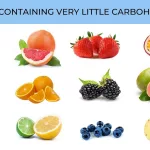










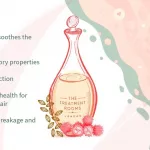
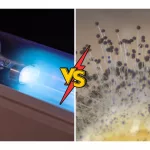
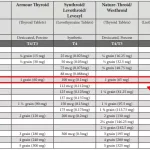

Leave a Reply
You must be logged in to post a comment.